orquídeas
Read this post on TravelFeed.io for the best experience
It is very common for people to have orchids hanging from trees in their gardens , or indoors in a pot. However, instead of putting the orchids in pots, you can choose to place them tied to a tree trunk or bark that does not contain any type of resin.
Seeing them grow and bloom on the branches is a precious thing. However, it is very important to choose the species you want to place well , otherwise you could risk losing it due to weather conditions.
Things to keep in mind before putting them on trees
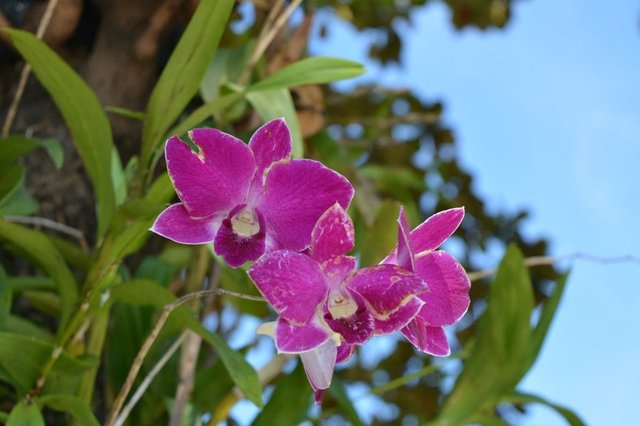
Orchids are generally tropical plants, which like places with a warm and stable climate. Most of them do not resist temperatures below freezing , so if you wanted to place one, for example, in a tree in the north of Mallorca (Balearic Islands, Spain), where there can be frosts of up to -4ºC, from I'm sure he would die that day, even though those frosts are short-lived.
And it is that every plant depends largely on the climate in the area. That is why if you want to have orchids in the trees you must keep in mind that, so that they are precious all year round, you must choose the ones that best suit the conditions in your area.
What are the orchids that best resist the cold?
Bearing in mind that the vast majority of orchids originate from the warm forests, I thought it best to speak to you 'only' of those resistant to cold. There are not many, but there are enough for you to enjoy a tropical garden in a place where the temperatures are rather mild:
Cymbidium
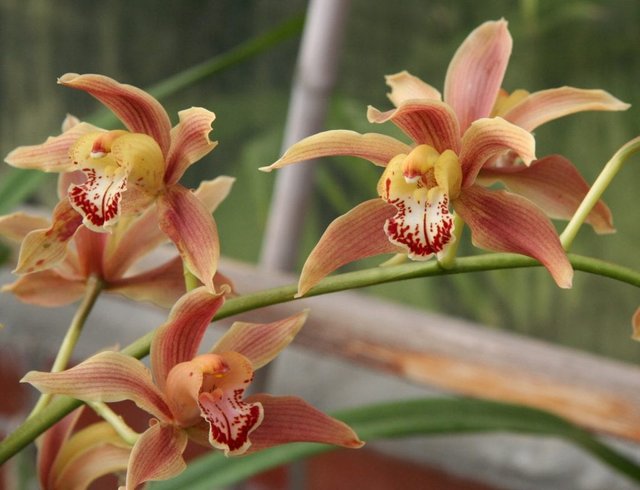
It is a genus of evergreen orchids originating in Australia, Africa, and part of Asia. They are usually terrestrial, but those found on the market are epiphytes, something that is great to know since it means that they grow on trees 😉.
They produce beautiful flowers, of various colors: yellow, green, white or pink. They resist weak frosts of up to -3ºC.
Epidendrum
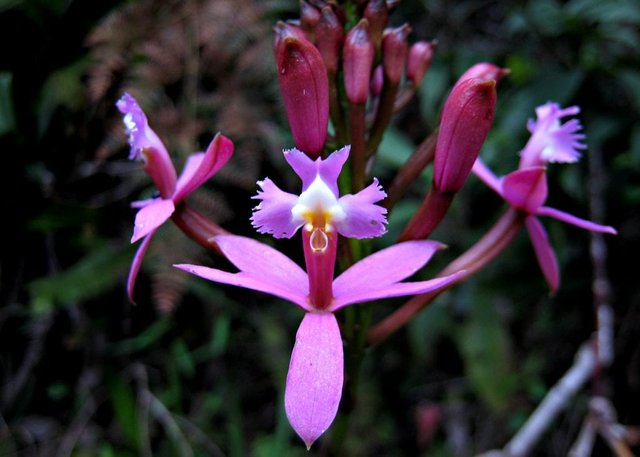
Known as star orchids, they are native to tropical America, ranging from Florida to northern Argentina. Many of them are epiphytes, or lithófitas that is to say that they grow leaning on the rocks or stones.
They produce a great variety of flowers, white, pink, purple, red, yellow. They resist the cold, but the frosts harm them.
Oncidium
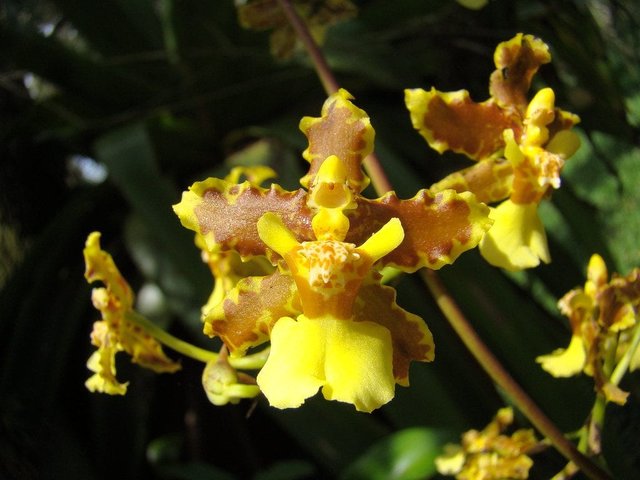
Known as a dancing lady, these orchids originate from Puerto Rico to Florida, where they live in the rain forests. They develop as epiphytic or lithophytic plants.
The flowers are usually yellow or brown, although they can also be orange. They do not resist frost, but the cold does not harm them .
How should the trees be?
While orchids are not invasive or parasitic at all , not all trees are suitable . In fact, only those who meet these characteristics will serve you:
- Must be an adult , or at least have a height greater than 3 meters with a trunk of at least 20 centimeters.
- It has to be planted in the ground for at least 2 years for your root system to be well attached to the ground.
- It should not ooze rubber or resin , something that is typical in Ficus for example.
- Nor will the eucalyptus and the pine , as are some of the trees that emit gases that prevent or almost nothing - nothing grows beneath its branches.
When to put orchids on trees?
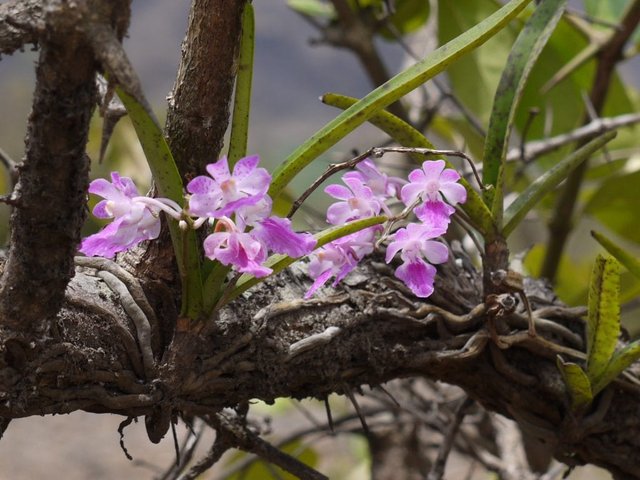
To plant them in a tree, the best time to do it is during the season in which the plant is in bloom, or during the warmer and rainy months of the year , depending on where in the hemisphere you are.
Remember that the branch or trunk of the tree that you use, should not receive any type of direct sunlight or light throughout the day, since it would burn the leaves and the flower that has been produced because they are not prepared to grow exposed to the King Star.
How to do it correctly?
To place the orchid on the trunk, remove the plant from the container in which you originally have it, and clean each of its roots with distilled or rain water, so that they are not left with any trace of soil. Then, locate the place where you are going to place it and try to tie the orchid to the tree. I recommend that you try to tie it with a vegetable fiber material such as cotton or raffia . Keep in mind that the roots that touch the tree will stick to it in a few days: they only need a little time.
During this time of growth, and just tied the plant to the tree, it is important that you water it daily, since the uncovered roots tend to dehydrate more easily than when they are covered.
If the first year after you have tied it to the tree, your orchid does not flower, do not worry, it usually happens. It is important that you have a lot of patience and wait, since it could flourish later. If the conditions are right, surely sooner or later it will give you that long-awaited joy
I hope it has been useful to you.
some information is collected through google and other information created by me
View this post on TravelFeed for the best experience.
Hi @kelly2015,
Your post has been removed from TravelFeed.io after manual review by our team for the following reason: not related to travel. Also another article was also blacklisted for content being traslated from somewhere
Since it violates our policies, your post has been hidden from searches on TravelFeed.io, but will remain visible when accessed directly.
To learn more about our policies, you may check them out here. Please contact us through our Discord if you wish to appeal.